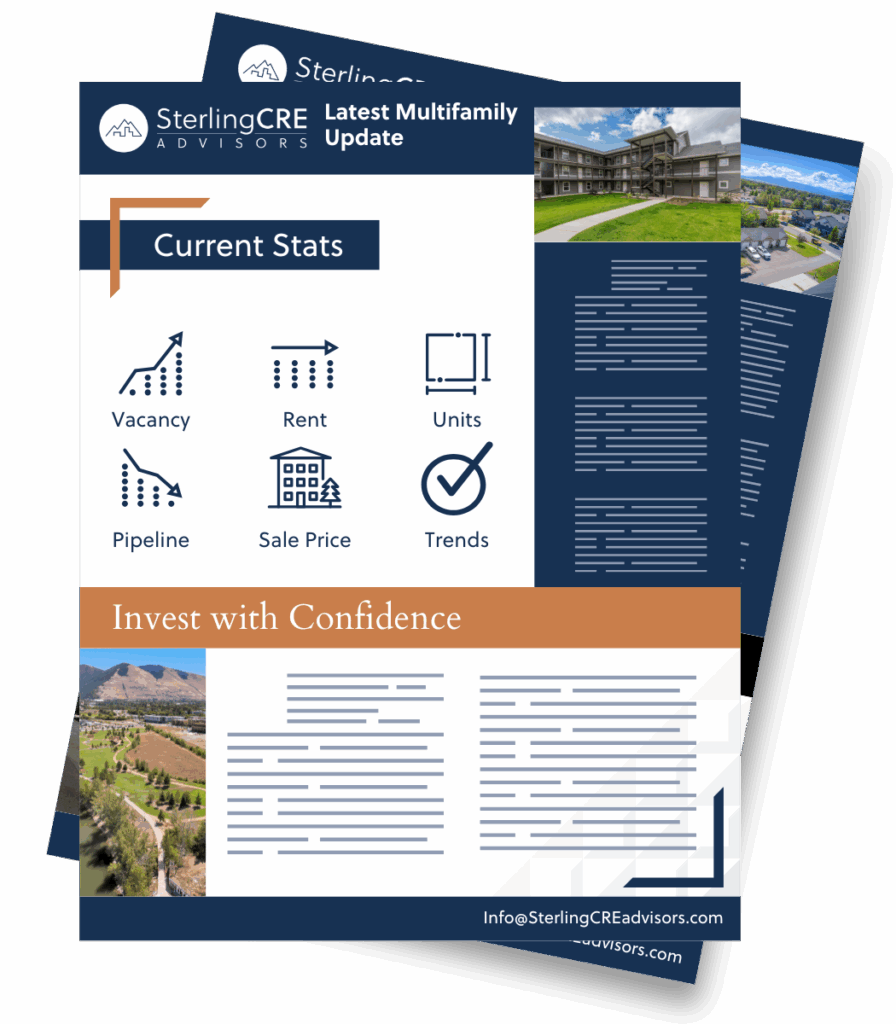Montana’s self-storage market is reflecting many of the same trends playing out nationwide. Capital market conditions and the 10-year Treasury rate have significantly influenced what buyers can pay for investment opportunities. The spread between cap rates and borrowing costs has become highly sensitive, making the pricing environment far different from what it was just a few years ago.
In 2020 and 2021, when the cost of capital was significantly lower, transactions often closed at cap rates of 4.5%–5%. Those figures no longer work in today’s debt environment, creating a notable gap between what sellers expect and what buyers can justify. That gap is now starting to narrow as buyers secure financing with more realistic loan-to-value ratios and sellers settle into the current pricing climate.
One strategy appearing in many Montana transactions is seller financing. For sellers, this can help achieve target pricing, defer capital gains, and give buyers time to secure long-term financing. For buyers, it offers flexibility to make a deal work while adjusting to current lending conditions.
Vacancy and Seasonal Trends
Vacancy remains strong across Montana. In Missoula, the current rate is 5.51%, compared to the historic lows—near 2%—seen during the peak of the COVID migration. Other major markets, including Bozeman and Billings, are seeing similar stability. Seasonal fluctuations, absent during the migration surge, have returned. While the change felt abrupt at first, these patterns are well within the normal pre-2020 range.
Rent Performance
During 2020 and 2021, rental rates grew rapidly—often 7–10% annually—driven by in-migration and limited supply. That pace has leveled off. In Missoula, non-climate-controlled rents increased 6.25% over the past year, while climate-controlled units have seen even stronger growth. Demand for climate product has strengthened enough to justify additional development, something the market could not clearly support just a few years ago.
Development Costs Under Pressure
For new projects, tariffs are becoming a more visible factor. Steel providers are already adding 1–2% monthly premiums ahead of anticipated tariff impacts. These increases directly affect proformas, making early procurement critical for keeping projects on budget.
Operating Expenses and Valuation Impact
Self-storage operators face the same cost pressures as other asset classes, but with fewer options to offset them. Property insurance premiums have risen sharply—sometimes more than tripling—and property tax increases are adding further strain. Unlike other property types, these expenses cannot be directly passed through to tenants, making it essential for operators to identify efficiencies elsewhere.
These expense shifts also impact property values. Buyers are underwriting deals based on current insurance and tax figures, not historical numbers. For sellers, presenting updated financials is key to avoiding valuation surprises during negotiations.
Montana’s Market Position
Nationally, self-storage cap rates average 6.0%, up from a 2021 low of 5.1%. Missoula continues to outperform other Montana markets, supported by stable occupancy, disciplined rent growth, and a manageable level of new supply. Two major facilities are currently expanding in the city, and we’ll be tracking their impact on the overall market.
Montana’s self-storage sector has moved past the pandemic-driven surge and into a more balanced phase. Success in today’s market depends on realistic pricing, accurate underwriting, and the flexibility to structure deals that work for both sides.


